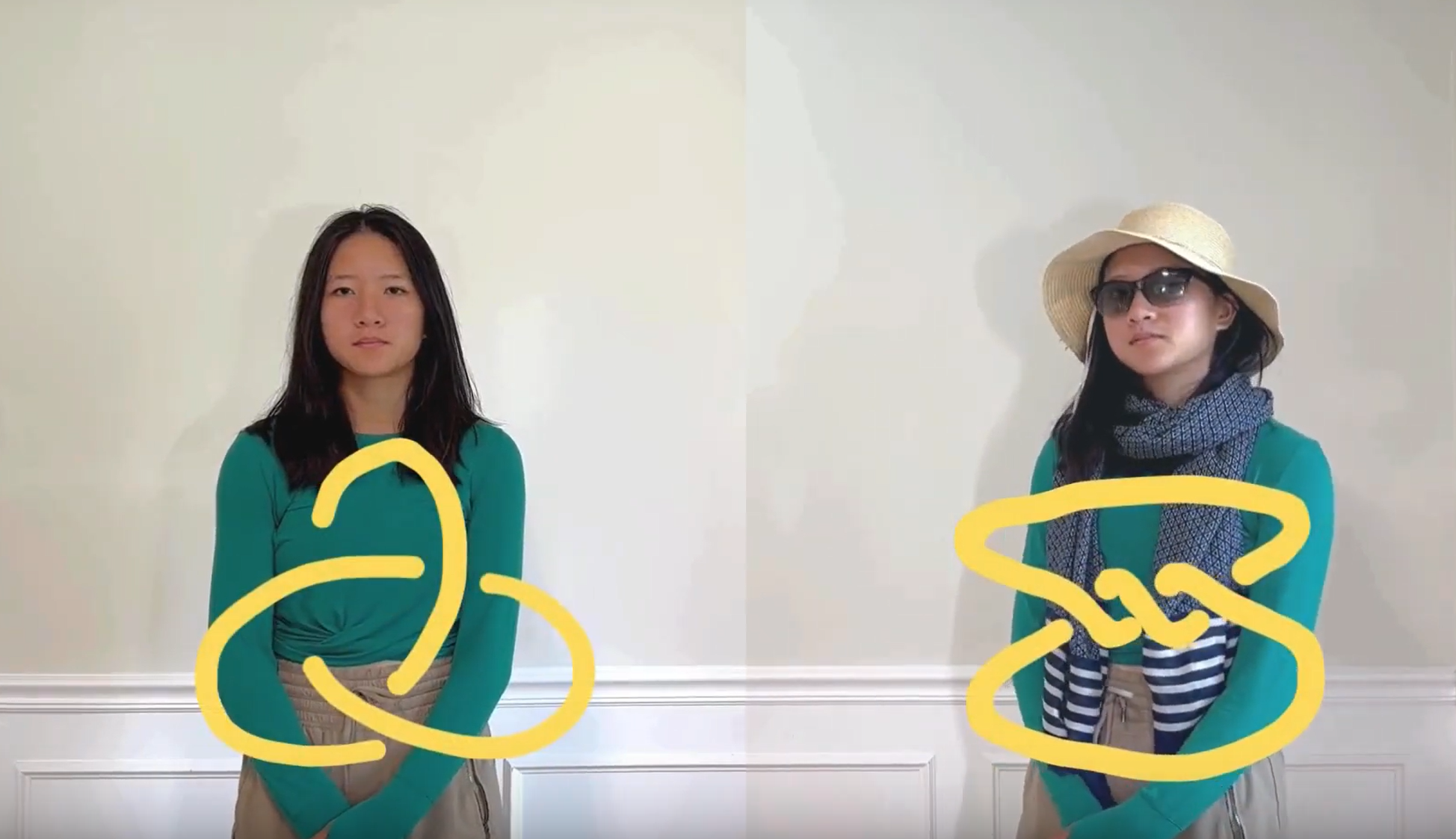Math Monday: Mathematical Lathe Work
JUNE 21, 2010
[sharethis]
A lathe is used to turn wood into baseball bats, spindles, and other shapes with rotational symmetry. It can also be applied to making many types of mathematical models. Bob Rollings made this construction from spindles that form the edges of an icosahedron inside of a dodecahedron. Custom spindles are required as there are two sizes, with their lengths in the golden ratio.
Another example of Rolling’s lathe work has a spindle icosahedron assembled around a solid great stellated dodecahedron. Although the great stellated dodecahedron has flat faces and is nothing like a baseball bat, it was completely fabricated by turning on a lathe. Sets of five triangular faces are coplanar and so are turned in one operation. (A plane, though flat, has rotational symmetry, so can be cut on a lathe.) Twelve such planes are turned, on twelve different centers, with the piece held in a spherical chuck.
Even fancier lathe work is needed to release a shape from inside a turned cage. Custom cutting tools are used to create an annular hole and separate the core and the cage, carefully leaving a protruding spindle attached to the core in each hole.
Here, Rollings has created a large icosidodecahedron and the five Platonic solids: icosahedron, dodecahedron, octahedron, cube, and tetrahedron, each with flat exterior faces and a movable, spindled core, all done on a lathe.
This article first appeared on Make: Online, June 21, 2010.















